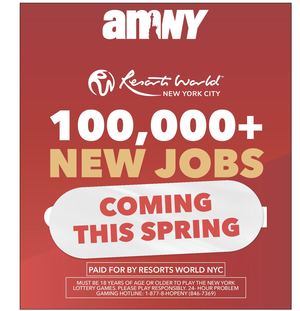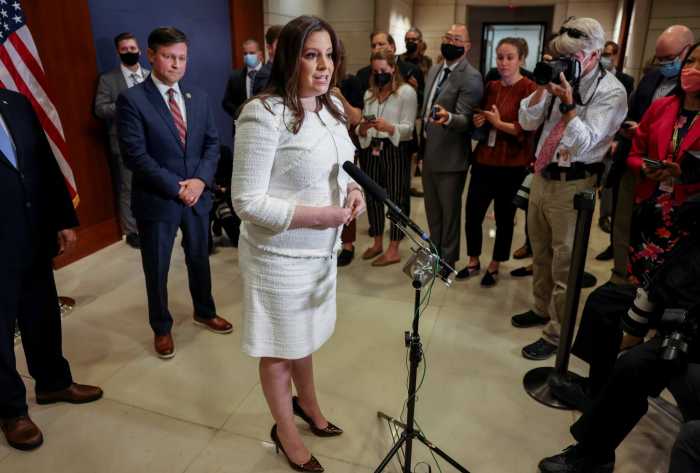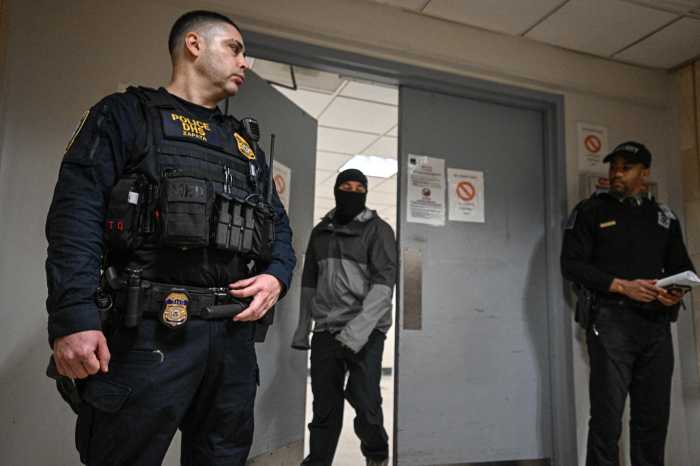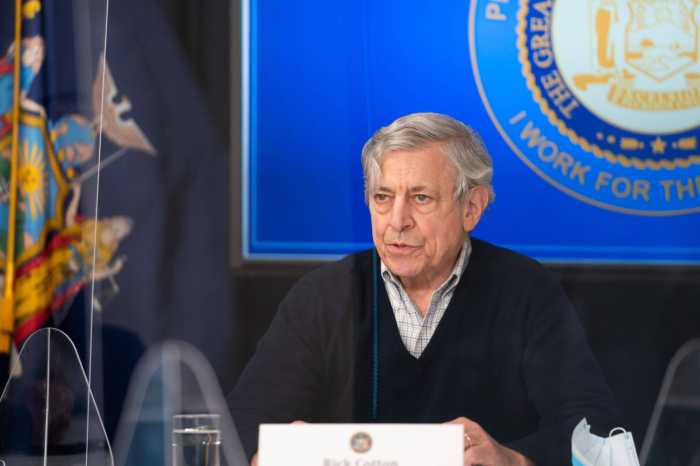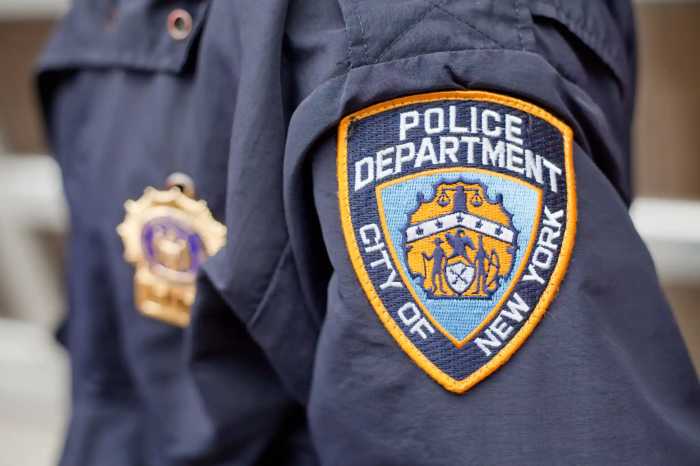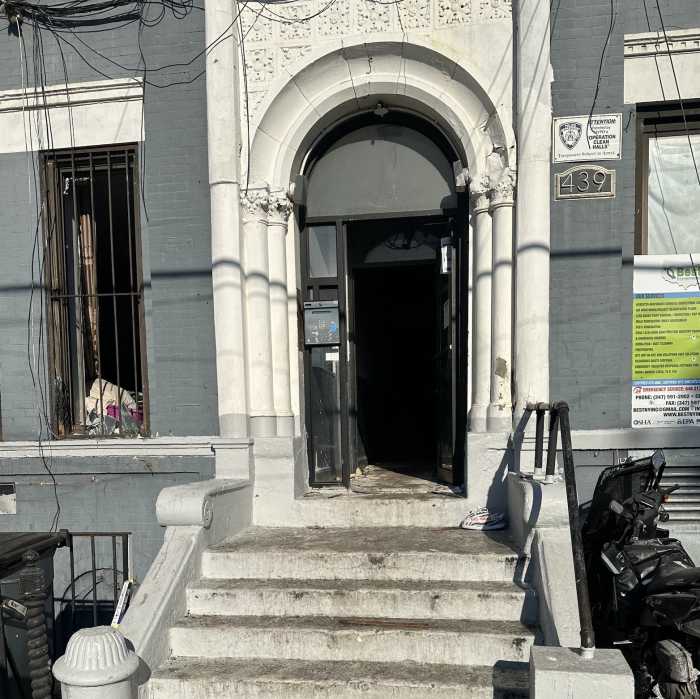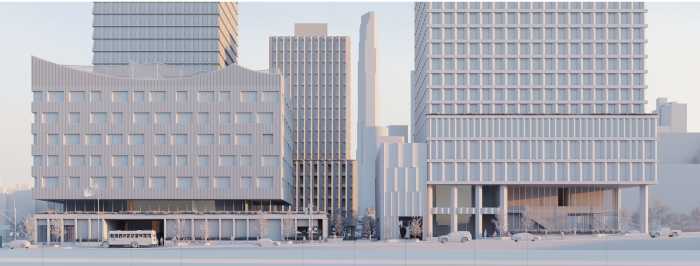[DROPCAP]Talk[/DROPCAP] about Fast Forward.
In his welcome plan to remake the subways, NYC Transit chief Andy Byford last week promised urgen<MC0>t and ambitious improvements, a combination of a “complete overhaul” and “quick wins,” including upgraded signals, more accessibility, and new cars and payment systems — all at an accelerated pace.
It’s an awfully big promise to fulfill.
</MC>How will he and the MTA get 40 years of work done in 10? What will make Byford’s massive effort different from other oft-delayed and costly projects the MTA has tried in recent history, from building the Second Avenue Subway and East Side Access to installing new signal technology on the 7 line? And how will the effort be funded?
Part of the answer will lie in short-term pain, likely in the form of subway lines that could be closed overnight and on weekends for up to two and a half years at a time.
Those big changes will cause agita — but they’re worth doing, as long as the work gets done quickly. That’ll mean help from the transit unions to make sure staffing is kept at necessary levels, and that every overnight and weekend hour is used well.
Byford also promised good planning and proper procurement to avoid cost overruns and delays. He should do whatever’s necessary to avoid mistakes of the past. The seven years and $588 million cost involved just to upgrade the 7 line’s signals are particularly worth attention. The MTA will have to avoid the design, software and hardware issues that have plagued that effort. And most important, the culture at the MTA and NYC Transit that has turned every improvement into a bureaucratic morass has to change — and Byford is off to a good start to make that happen.
Then there’s the question of Fast Forward’s cost, which the MTA has yet to release. Byford has to provide a realistic, good-faith estimate, and then stick to it. To deliver the kind of system NYC and its riders deserve will take a partnership among the MTA, the state and NYC, and all of them will have to contribute. Everyone has to get on board — so the trains can start moving.
